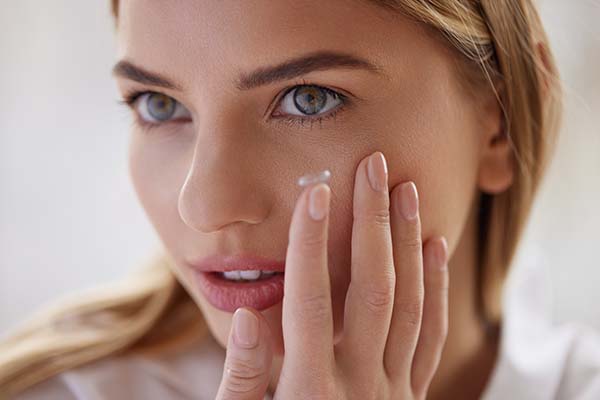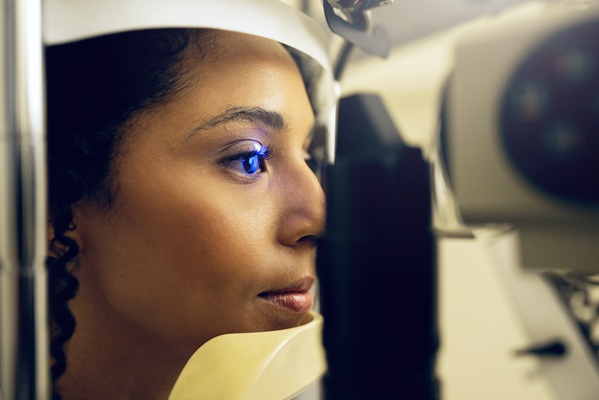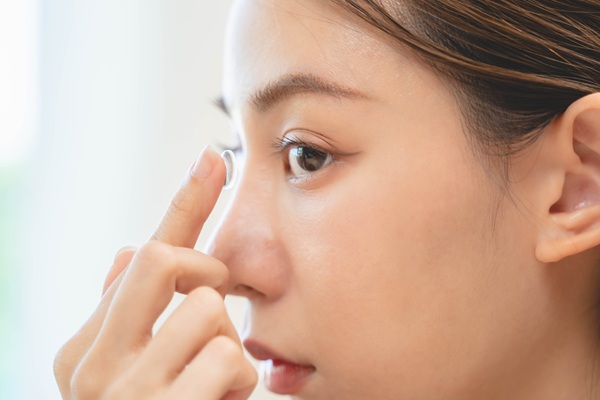Does an Optometrist Fit People With Both Glasses and Contact Lenses?

For an assortment of vision problems, your optometrist can be a helpful resource to find relief. If you have noticed you cannot see as well as you used to, you may need corrective lenses. Whether you feel glasses or contact lenses make the most sense for you, a visit to this professional is the right step to take. You do not have to struggle with your eyes any longer.
Issues an optometrist can evaluate and repair
Like any other part of the body, the eyes can develop conditions and dysfunctions. Some problems begin at birth, while others show up during childhood or adolescence. Optical abnormalities can manifest when a person becomes an adult too. The optometrist has the knowledge and training to diagnose why people’s vision has become impaired. This person can treat conditions such as nearsightedness, farsightedness, blurred vision, double vision, loss of vision, and other concerns. This professional can also prescribe treatment for itchy eyes and eye infections.
Taking care of the problem
The optometrist offers flexibility for patients who have any of these conditions. Both eyeglasses and contact lenses are options to improve vision. To determine the person’s prescription, the doctor will conduct an eye examination. The optometrist may recommend one or the other based on the person’s preferences or needs. The patient will return to the office at least once a year for an exam. This helps the doctor evaluate whether to change the prescription.
Benefits of eyeglasses
The optometrist will discuss with the patient the advantages of each option to correct vision. Glasses will not cost as much for the patient in the long term because they will not need to replace them as often. Plus, there is much less maintenance and cleaning required for the person to wear glasses. Glasses can also protect the patient’s eyes from dust, dirt, and other debris. Also, if the person has the habit of touching their eyes, glasses could be a deterrent.
Optional features and add-ons
Advances in technology have enabled eyeglasses to have more features. This has made many people feel better about the eyewear. Vision is now healthier and less worrisome than before. Below are some of the latest features and add-ons a pair of eyeglasses can now have:
- Hydrophobic coating is a high-quality surface layer that makes the lenses waterproof. It keeps the lenses clear and clean in muddy and rainy conditions. One can add this feature to regular eyeglasses. The coating sticks to the glass to form a shield against dirt, dust, and water.
- Polycarbonate lenses are impact-resistant and lightweight. These lenses can block 100% of ultraviolet rays. This removes the need for a UV coating.
- Anti-reflective coating is a common add-on to the back of most prescription glasses. It prevents reflections and glare. It also lets more light enter the lens.
- Photochromic lenses are also known as transition lenses. These lenses darken when the wearer is outdoors and exposed to UV light. It then clears up when the wearer is indoors.
- Polarized lenses are for outdoor activities. These lenses reduce glare, protect the eyes from UV rays, and provide high-contrast vision.
Benefit of contacts
Patients who play sports or are involved in other activities have less of a chance of breaking contacts than glasses. Glasses can sometimes make a person feel self-conscious, but contacts are invisible. The person will not have to worry about matching frame colors or styles with their clothing. There are also fewer vision distortions or obstructions with contacts.
Contact lens features
Contact lenses can also have more features and add-ons. People often use colored contacts to change the colors of their eyes. Manufacturers add pigments to the contacts to make this happen. Other contact lens features are the following:
- Protect the eyes from UV rays
- Keep eyes comfortable and moist
- Let oxygen pass into the eyes
- Create less rubbing between the surface of the eye and the eyelid
When the optometrist fits the patient with corrective lenses
Babies as young as 6 months old should have an eye exam. After this appointment, the child should return around age 3. Then again as they start school at age 5 or 6. The optometrist may prescribe glasses or contacts at these early ages if necessary.
A helping hand for your eyes
Vision changes can affect you at any age. Luckily, you can turn to your optometrist for assistance. Look at the advantages and challenges of wearing eyeglasses and contacts. Talk to the optometrist about which one is right for you and your lifestyle. Make an appointment for an exam today so you can start seeing clearly again.
Get more information about Texas Optical in Dallas at https://www.texasoptical.net.
Check out what others are saying about our services on Yelp: Optometrist in Dallas, TX.
Recent Posts
For those living with diabetes, undergoing a diabetic eye exam is one of the most important steps in protecting their vision and overall eye health. High blood sugar levels can lead to a range of complications, including conditions that damage the eyes over time. These exams help detect these issues before they become serious, allowing…
Contact lenses provide clear vision and convenience for individuals who prefer an alternative to eyeglasses. However, proper care and maintenance are essential to prevent infections, irritation, and eye damage. Neglecting hygiene practices can lead to serious eye conditions, including corneal ulcers and keratitis. Understanding how to clean, store, and handle contact lenses ensures long-term eye…
Maintaining eye health and preventing long-term issues is the result of consistent and quality vision care. Many people focus on overall wellness but may overlook daily habits that support healthy eyesight. However, taking simple steps each day can protect vision, reduce eye strain, and prevent future complications. By making eye health a priority, it is…
Prescription contacts provide vision correction, comfort, and convenience for those who do not want to wear glasses. However, caring for and wearing contacts takes some getting used to. Learning to insert, remove, and maintain them will help ensure a comfortable and safe experience.Not all contact lenses are the same, and choosing the right pair is…


